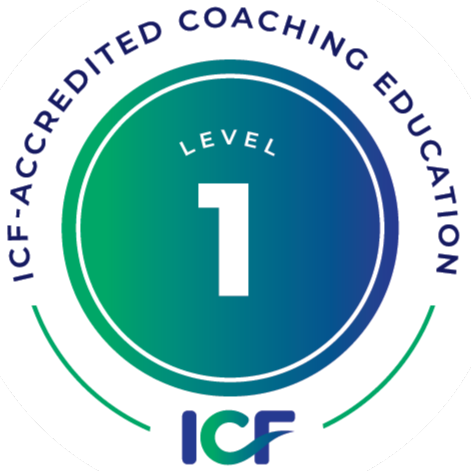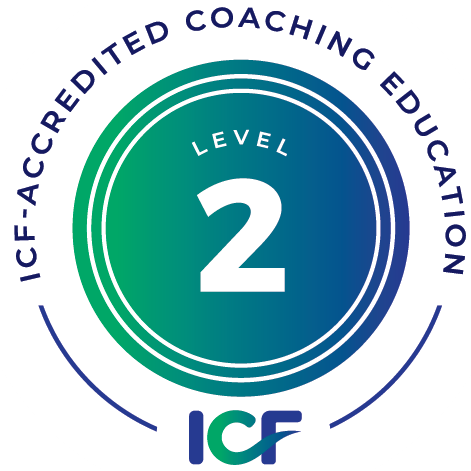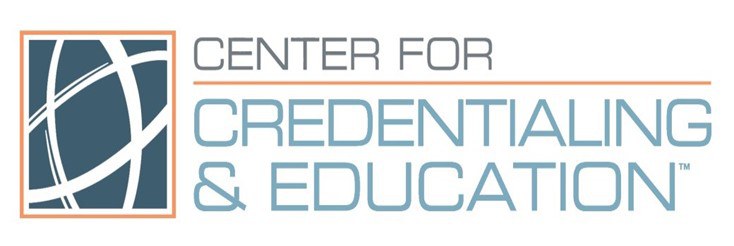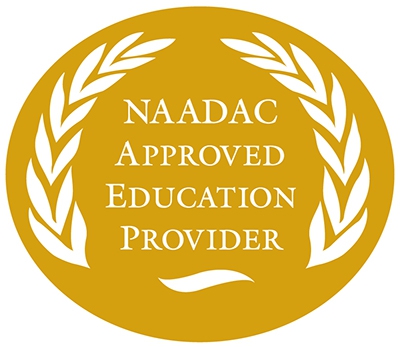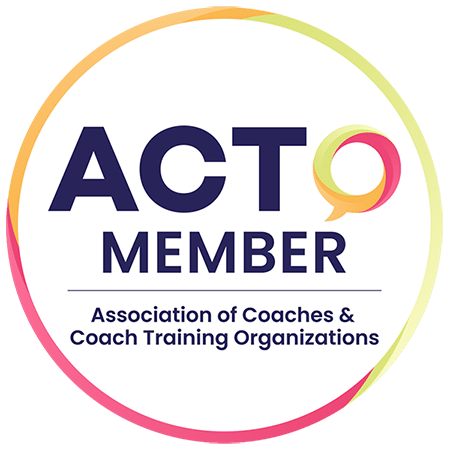
So, you are enrolled in a coach training program with the aim of becoming a certified coach. Or you are seeking continuing education and professional development opportunities to maintain your coach credential. What courses are available to meet your needs?
At The Institute for Life Coach Training you have a choice. Most ILCT courses are taught via teleconference where you are calling into a phone number, interacting and learning with other students and faculty at a set date and time. Our wide range of courses can lead to credentialing with the International Coach Federation, the Board Certified Coach credential, or one of six different coaching specialization certifications.
ILCT and Online Therapy Institute have also partnered together to provide you with the opportunity to participate in self-directed courses. Self-directed courses typically include reading, viewing and/or listening. The content may written by the author of the course, or the course facilitator may have designed a curriculum that includes curated content- emphasizing key points from a variety of sources. While you cannot take just self-directed courses to become credentialed or certified through ILCT, these courses can be a great addition to your training, can be used to maintain your credential, or to maintain your professional license.
For some students who have been accustomed to learning via teleconference or by attending an in-person training, taking a self-directed course can be a very different experience. Here’s why. Typically, if you participate in a teleclass or in-person workshop, you expect engagement- and that engagement happens in real time- synchronous communication. When you engage in a self-directed course online, the engagement is NOT in real time because the communication is asynchronous. That means you will not be in a conversation in that moment. Think of the communication in a self-directed, online course similar to turning in a paper when you were in high school or college- you turned your assignment in and then you waited to receive your paper back- with a grade or perhaps a comment or comments about how to enhance your learning or tips on what to focus on next.
In self-directed courses at ILCT the student moves through various lessons within the course. At the end of each lesson the student answers a question that indicates the main points in the lesson have been conceptualized. The student submits the written assignment (usually between 200-300 words) and can move on through the course. In the meantime, the coach instructor acknowledges the written assignment. Sometimes the acknowledgement is simply a “check-off” letting the student know the assignment as been read, and other times, the acknowledgement is a response from the coach instructor offering additional learning points and direction.
The learning happens in the self-direction. The written assignment allows the student to synthesize the information and it is this process of writing that enhances the coach student’s overall integration of the subject into the coaches’ repertoire. The course is self-directed and while the coach instructor is available to answer questions and offer clarification, the rich learning experience happens as the student’s engagement is with the written word.
Tips for a successful experience in a self-directed, online learning environment:
- If you have registered for a course, you will receive an email with login information within 2 business days. Be sure to check your spam folder for important notices. Many elearning platform and student management system emails are filtered to spam.
- Be sure you know that you have compatible technology for the course. Sometimes different operating systems and mobile devices may not have the latest mp3 audio software or may display the text differently.
- When you login to an elearning platform, type your username and password. Some platforms do not recognize “copy and paste” functions.
- Be sure to read the instructions. Become familiar with the course navigation. Note who your instructor is and how you can contact your instructor. This may be via email or within the course.
- Realize that you will be required to write a paragraph or two at the end of each lesson. Writing and typing is easier for some people on a traditional desktop/laptop and keyboard.
- Understand that your coach instructor may not respond at length or at all beyond a simple acknowledgement to each lesson. Remember, the learning happens as you engage in the exercise of writing.
- If you find the course is not meeting your expectations, or if you have questions about the content, let your coach instructor know sooner rather than later. This can often be addressed within the course module. Waiting until the course is completed to voice concerns means you end up missing out!
- Remember that technology equals glitches. Be patient with yourself and the technology. Expect the occasional dead link. If you are writing your answer into a form field, consider constructing your answer in word or notepad just in case the SAVE function fails or you click away accidently.
- Finally, expect that a self-directed learning experience requires commitment and buy-in from you. Create a sense of anticipation about what will come forth from you as you experience the teaching and engage in the writing.
We are committed to providing you with many opportunities to create and grow your ideal coaching practice so if you have questions about which course is right for you, please don’t hesitate to contact us.
